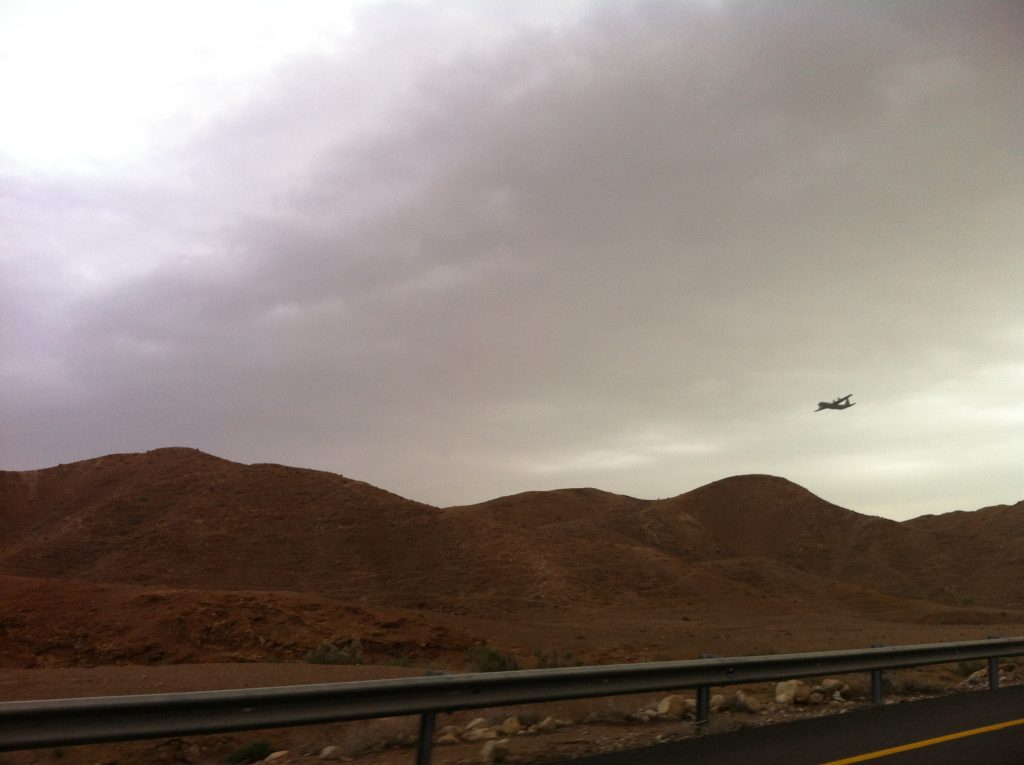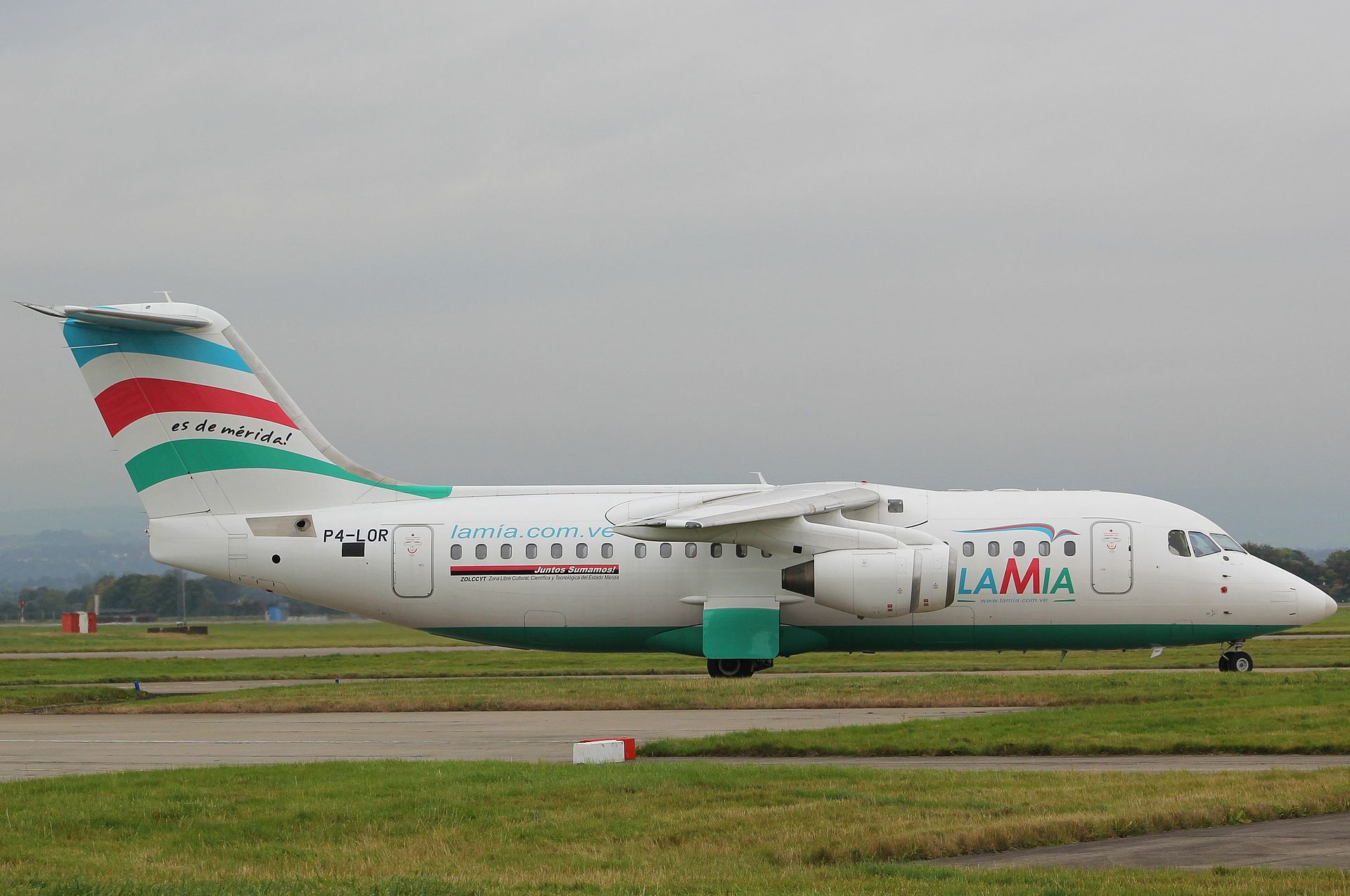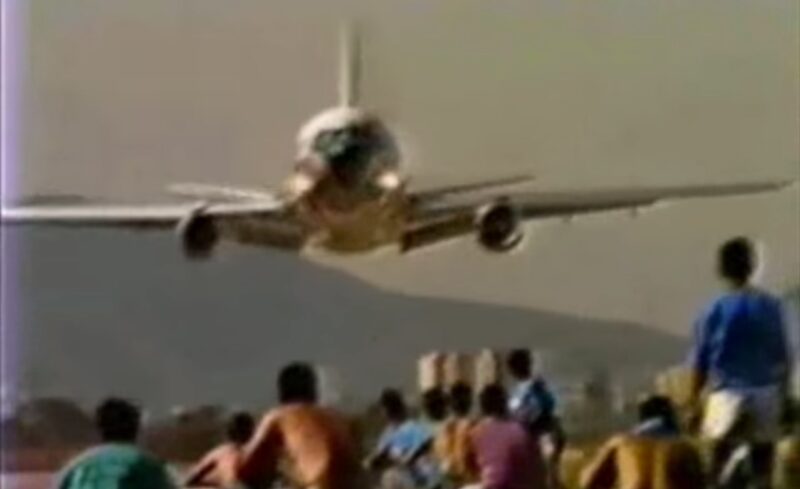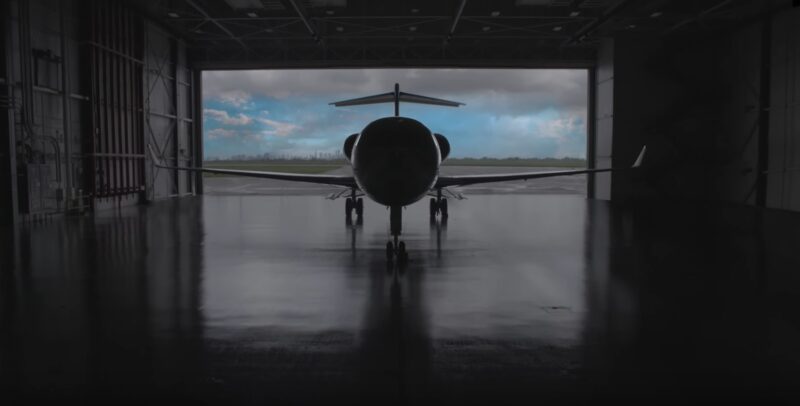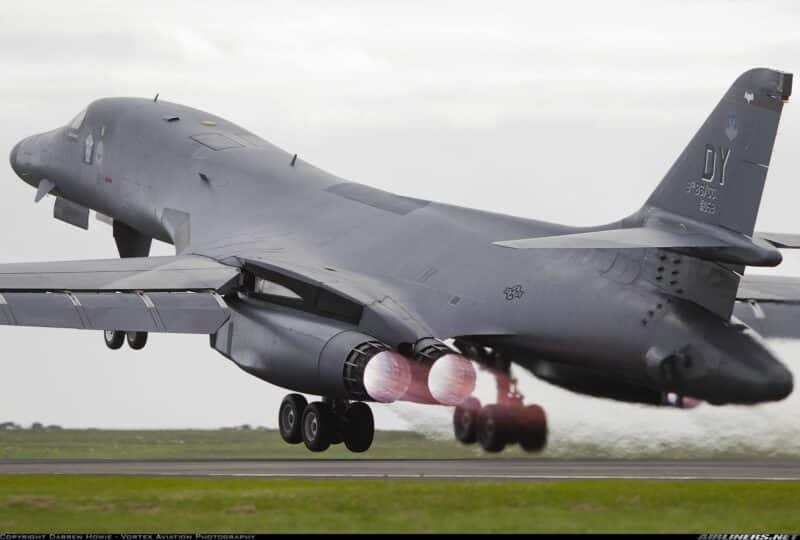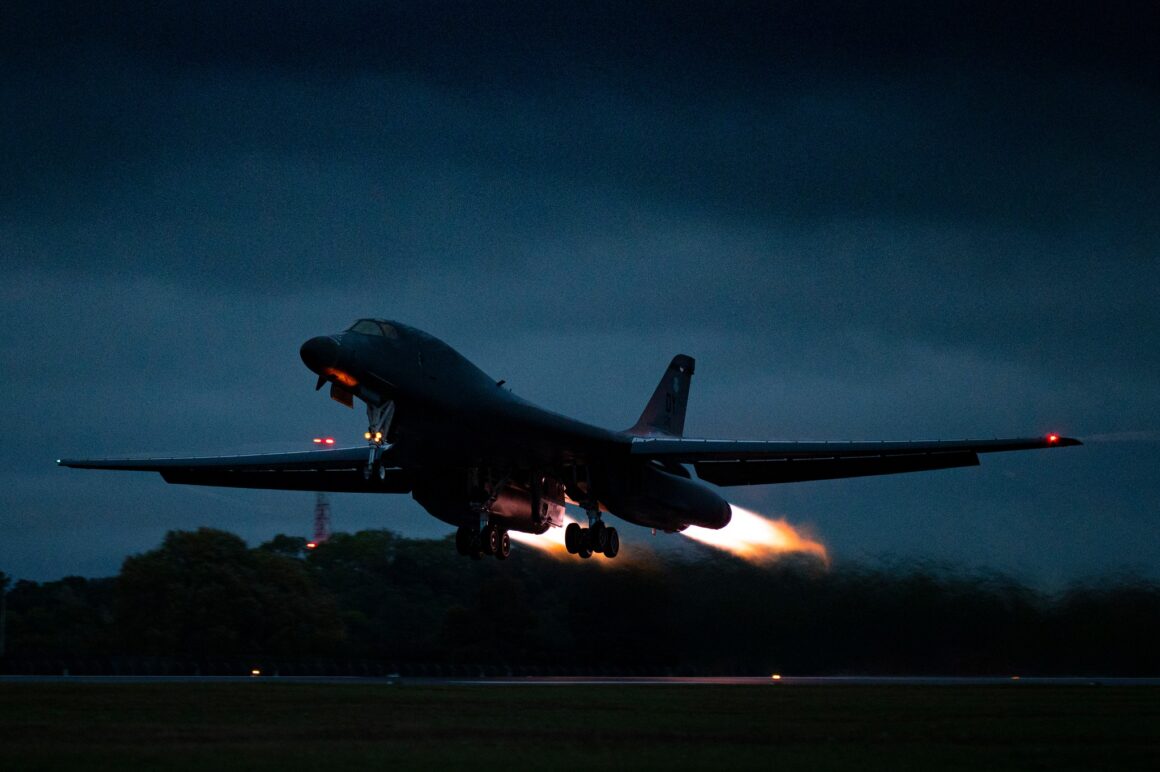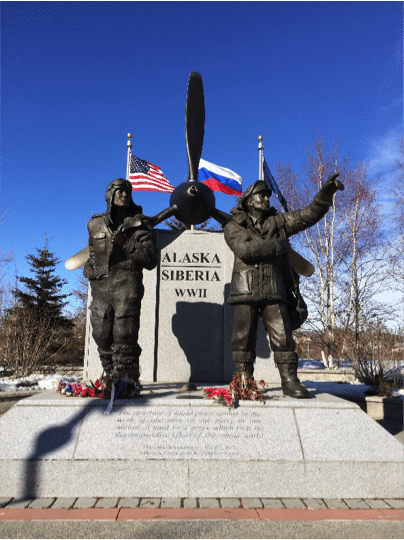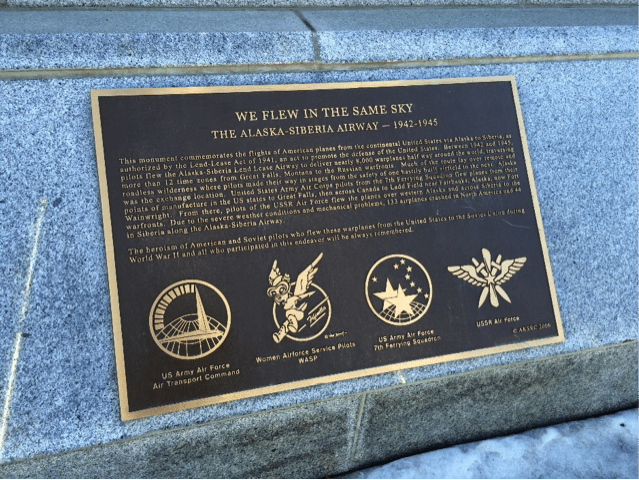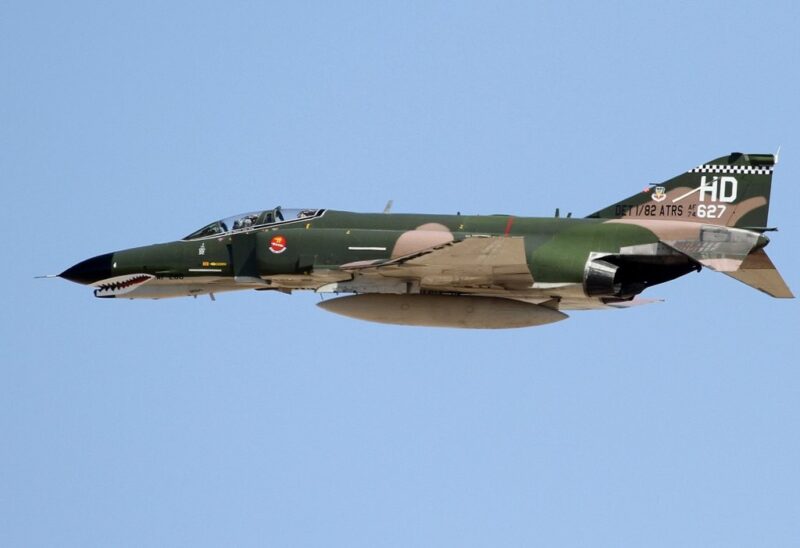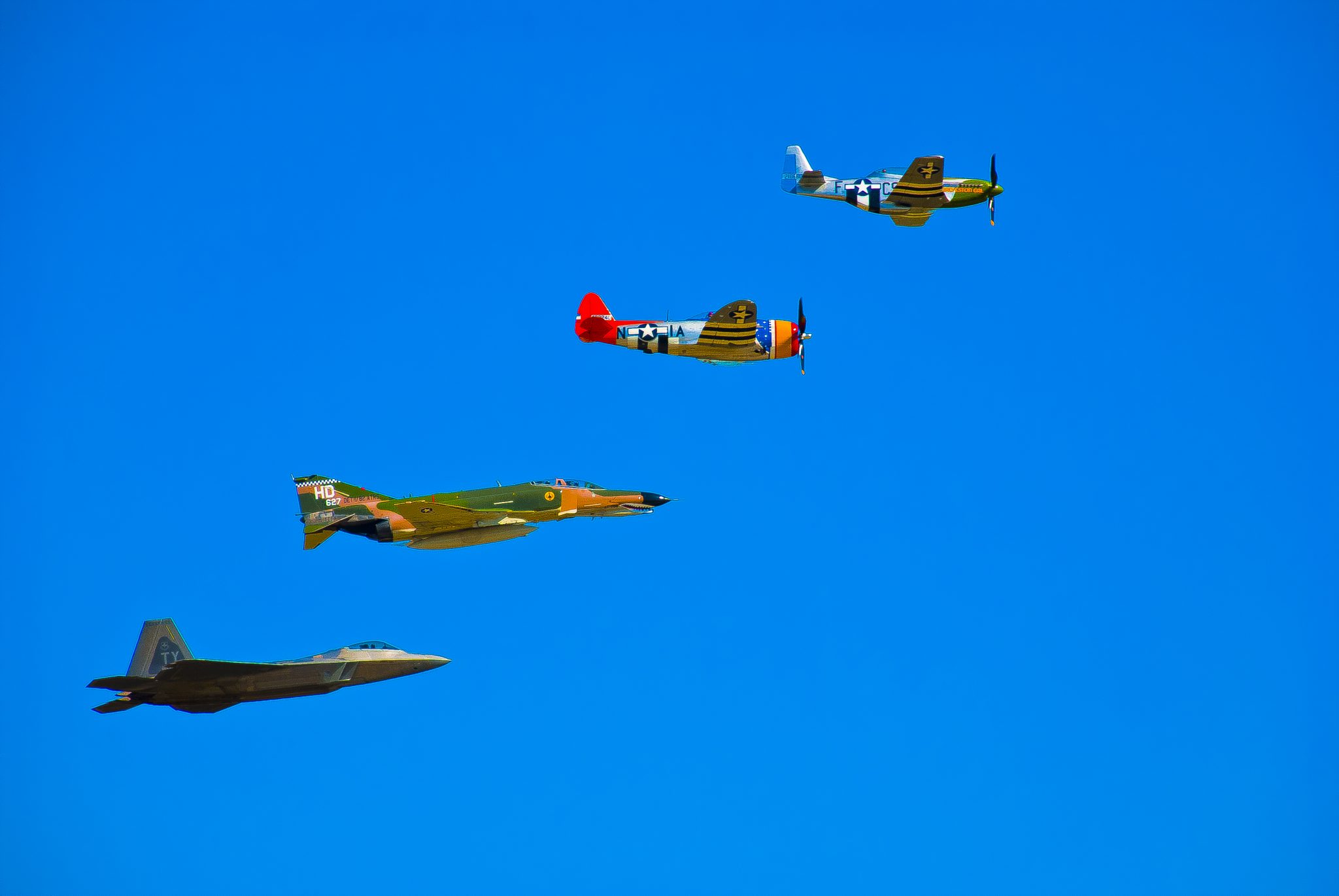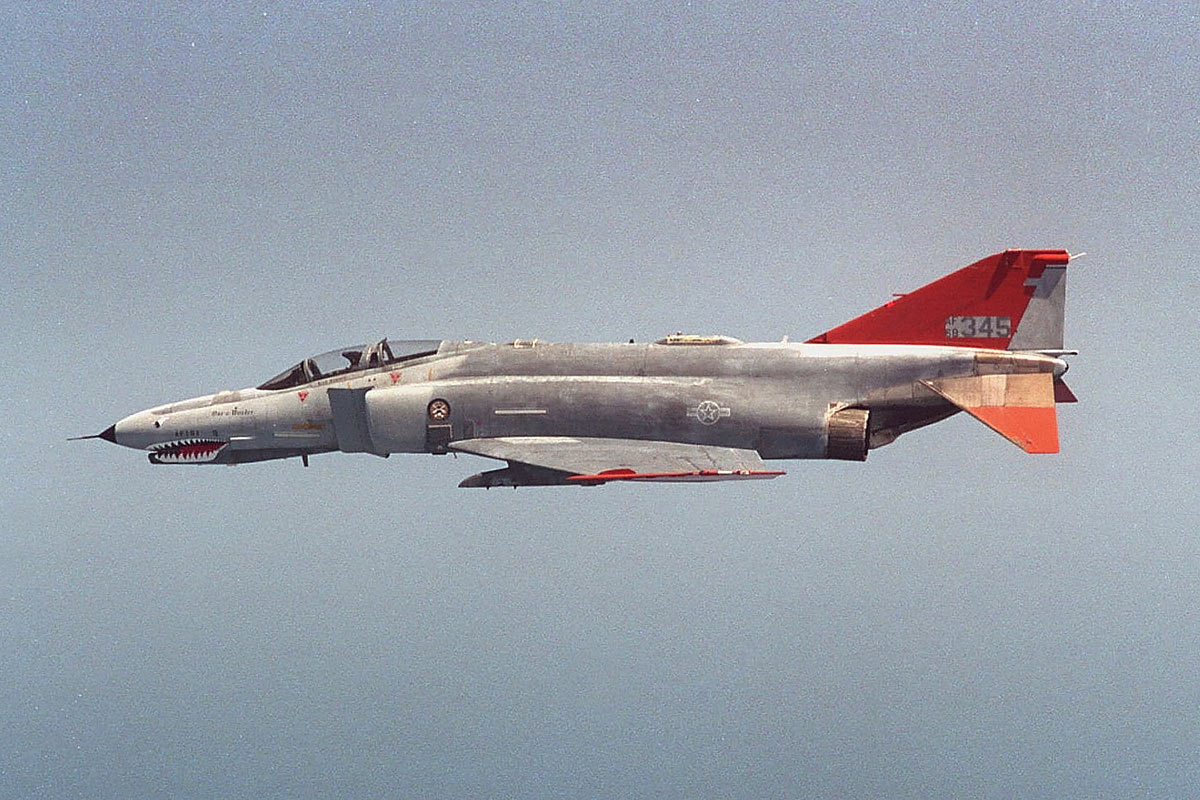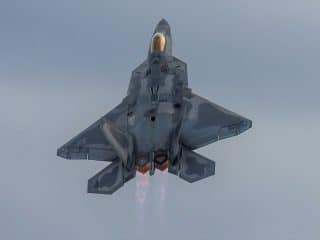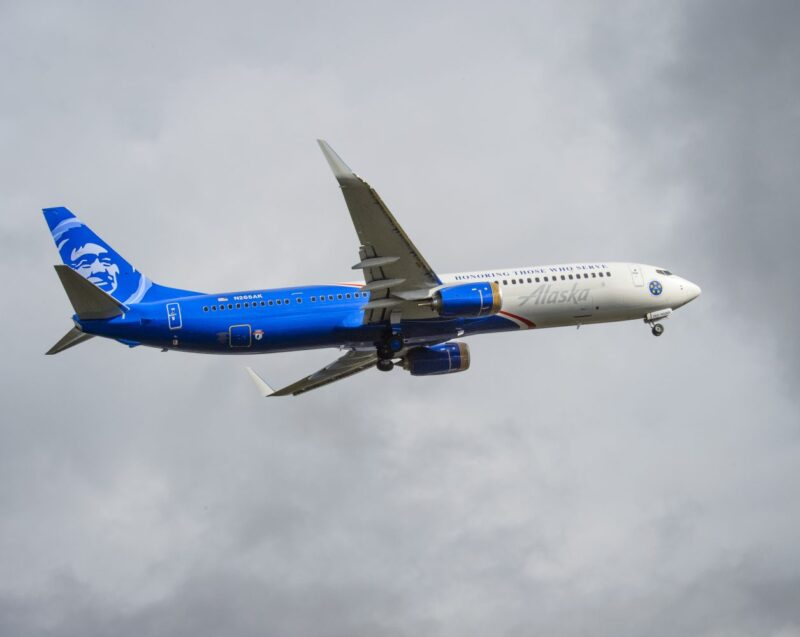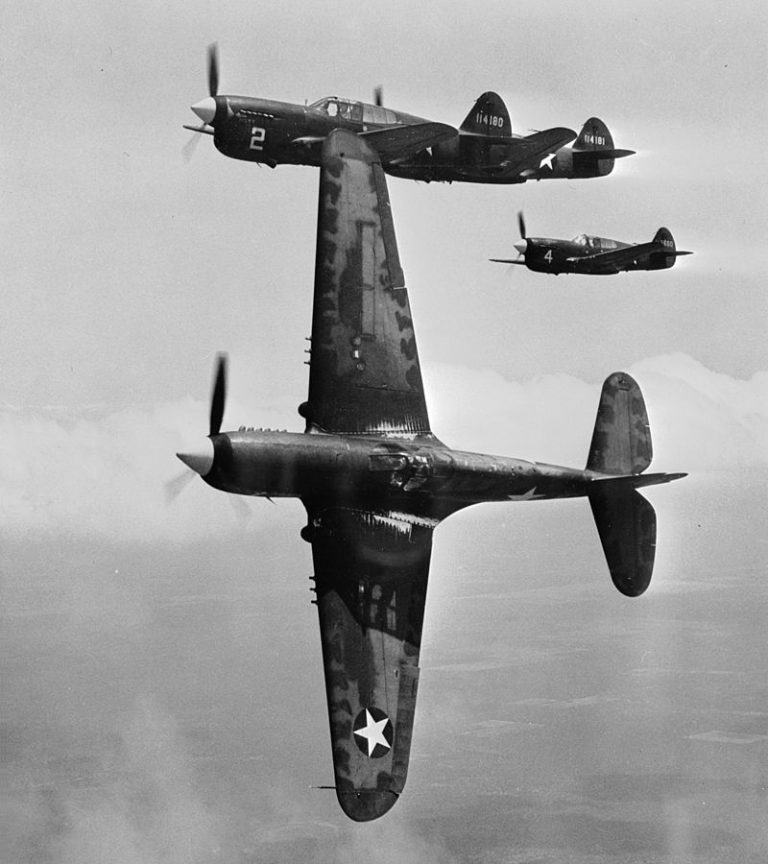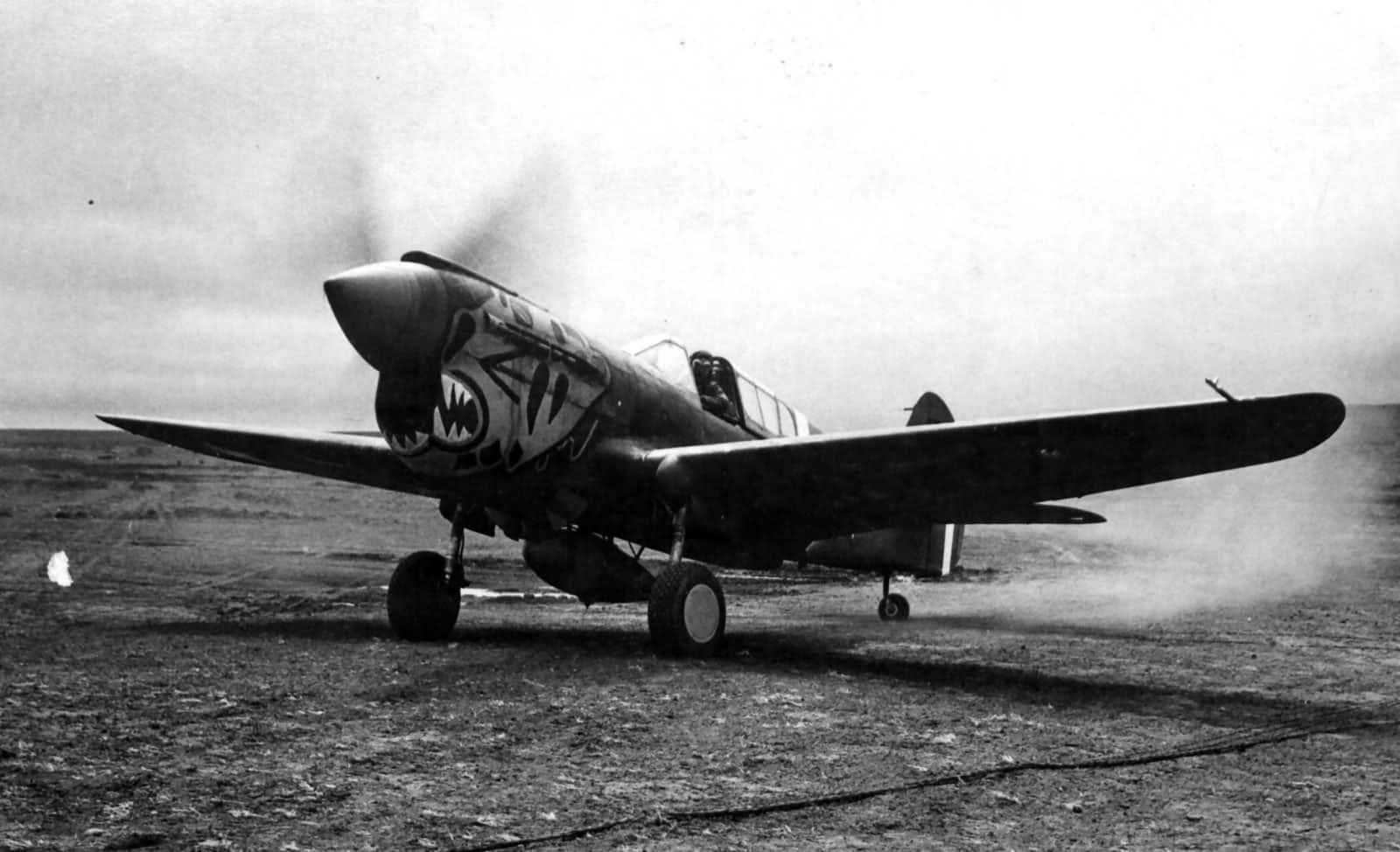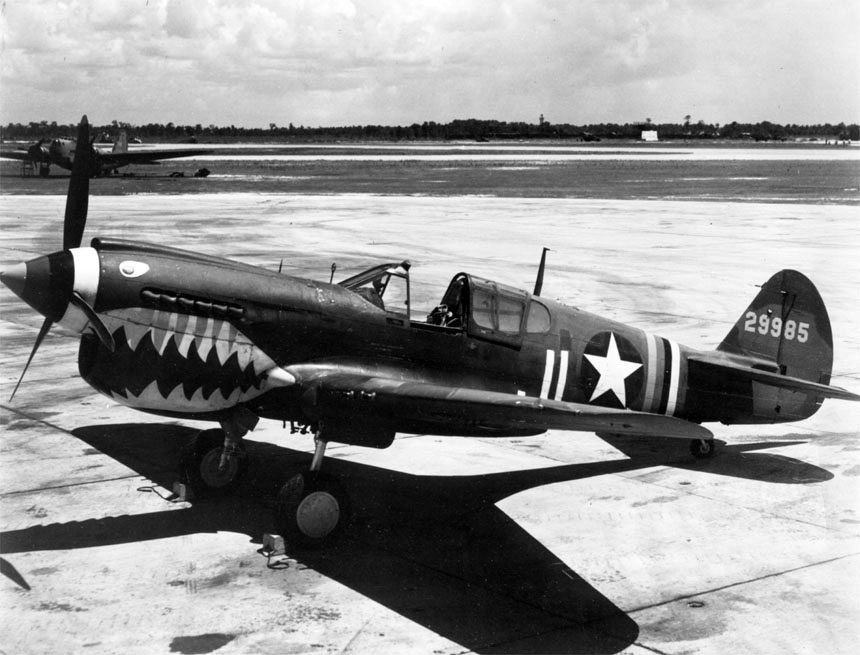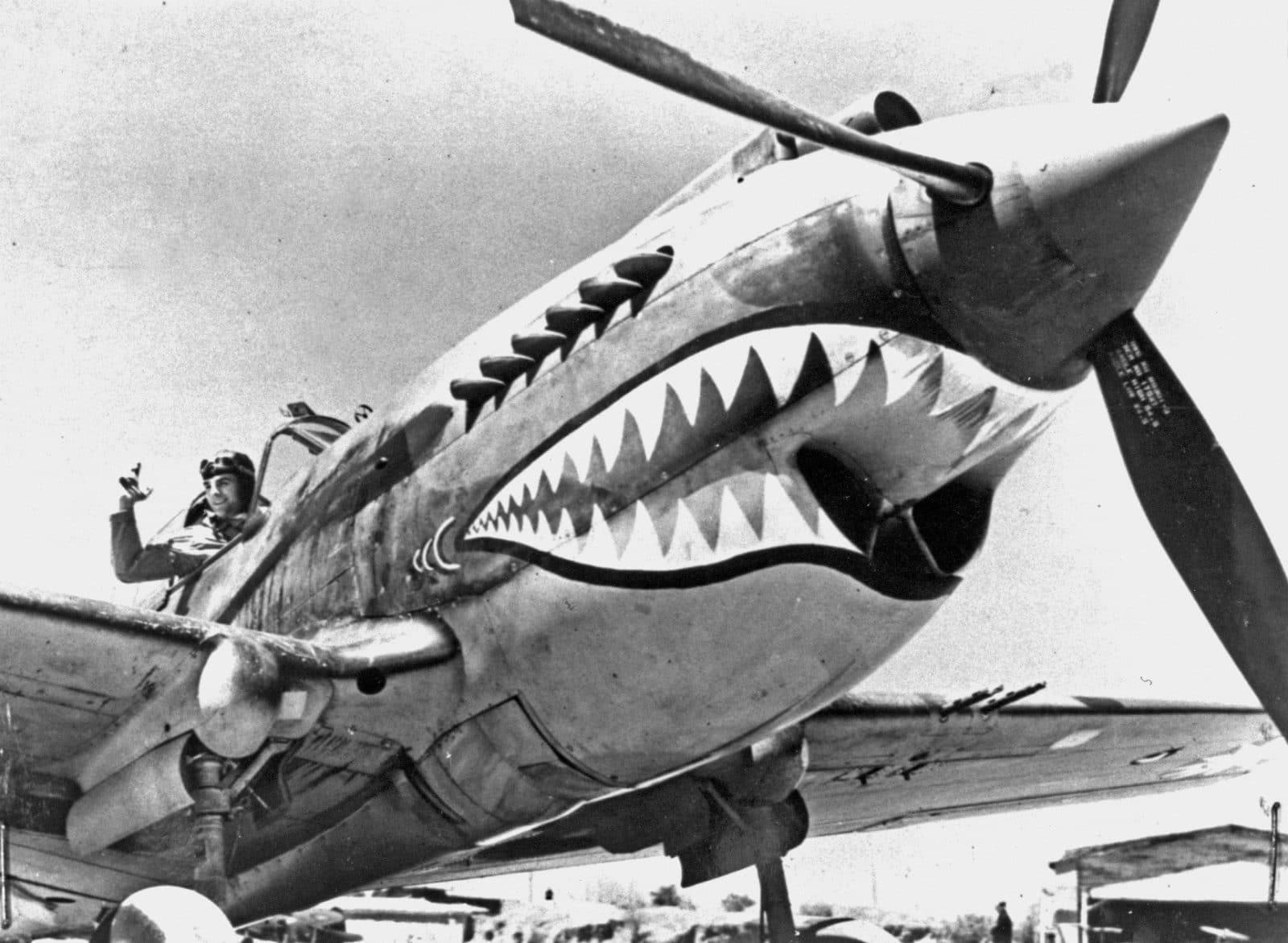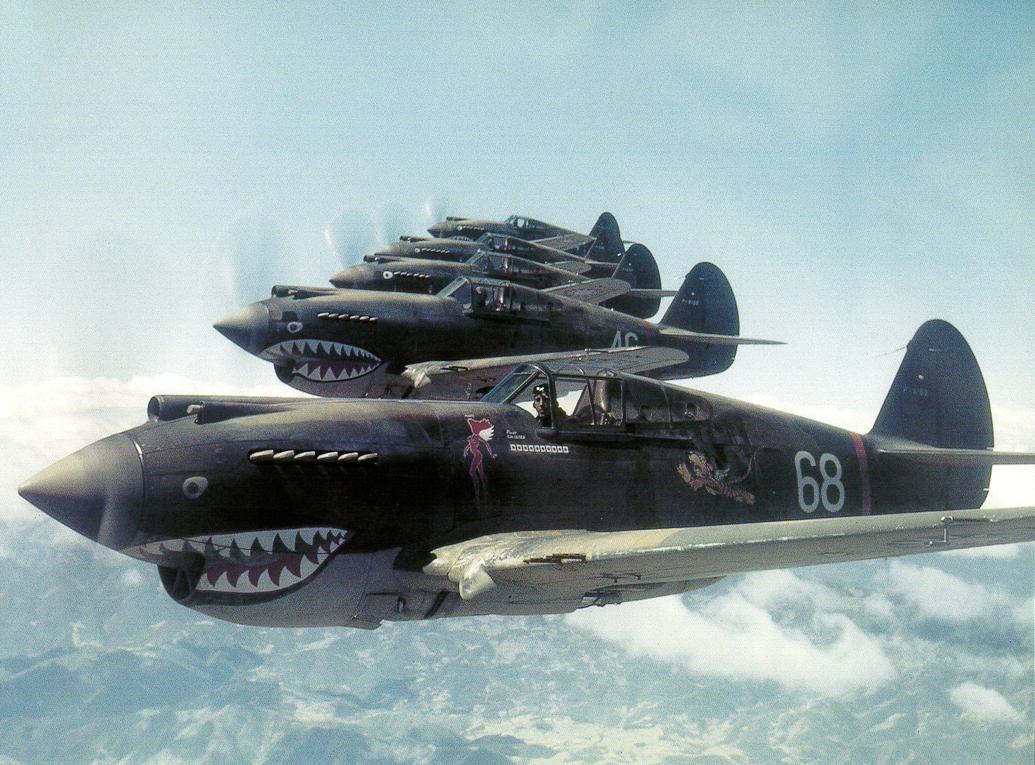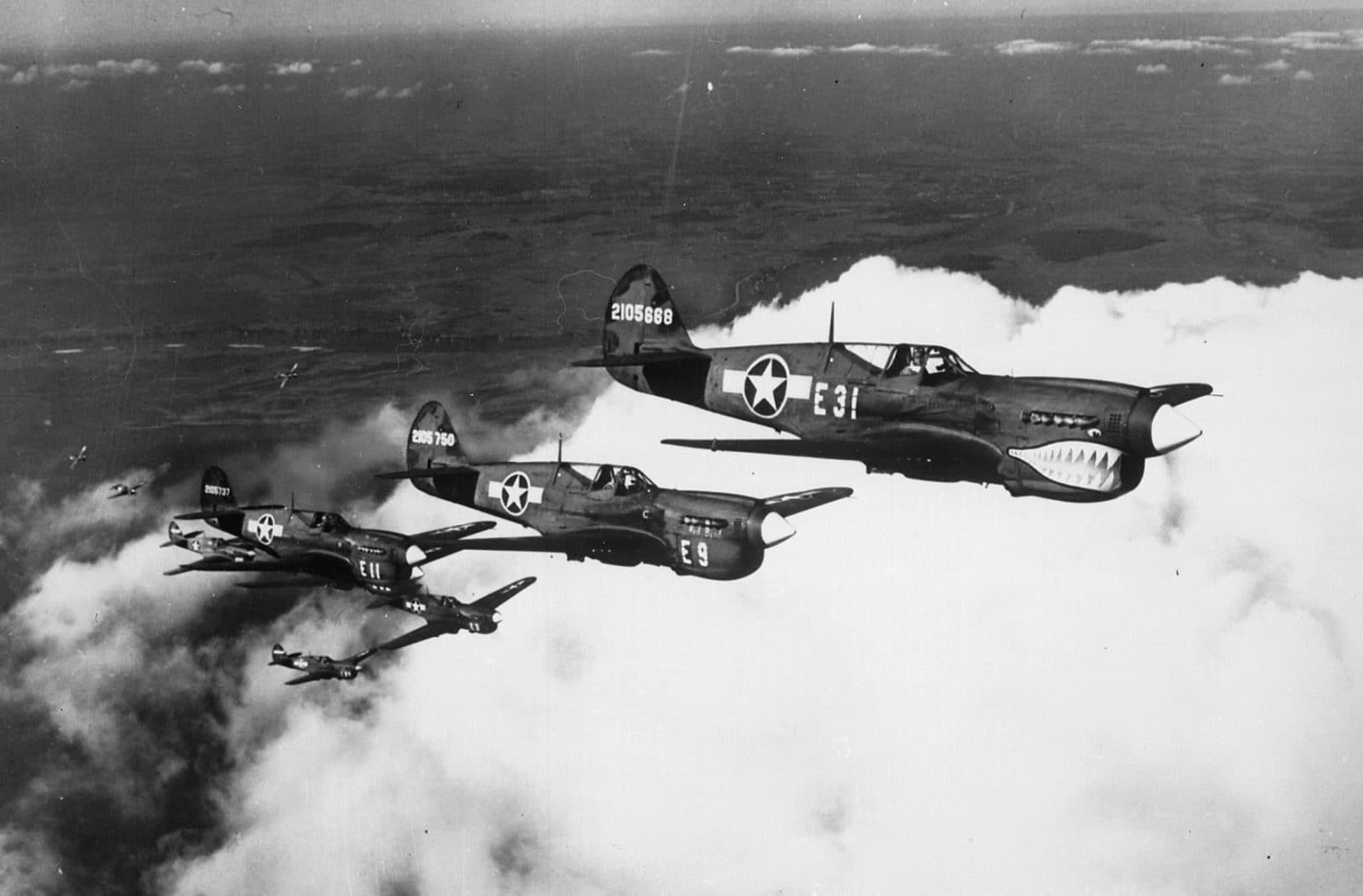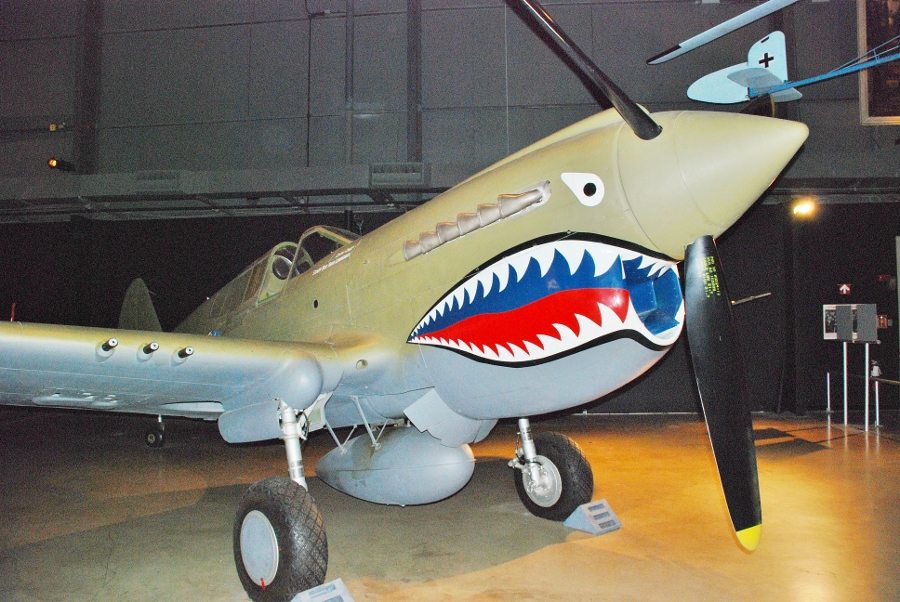We launched as a two-ship formation of C-130Js, taking off into the night well after the darkness had fallen. Maintaining an altitude of 500 feet above the desert terrain, we continuously updated our position to remain clear of Egyptian airspace and the Jordanian buffer region.
Our aircraft dusted off the sand dunes in the lower Sinai region as we slowed down, descended, and airdropped supplies to our Israeli partners on the ground. Then came our approach to the Dead Sea.
In 2013 we were invited to fly the mighty C-130J Hercules in Israel for an allied training mission with the Israeli Air Force. I was part of the 37th Airlift Squadron, Blue Tail Flies.
Our mission was to fly side-by-side with the Israelis to build our partnership capacity. Daily, we launched two C-130J formations flying low altitude tactical airdrop & airland missions during the day and at night using night vision goggles.
Landing below sea level
Located on the Western shores of the Dead Sea in Israel. Field elevation is -1,240 feet below sea level making it the lowest elevation airport on earth. The field name is Bar Yehuda (ICAO: LLMZ), the field plays host to charter/sightseeing flights & military operations.
The strip is paved asphalt on a direction of 01/19 and it is 3,937 feet long and just over 60 feet wide. To put this in perspective most large aircraft use runways 7,000 to 10,000 feet long at airports. The C-130J can land and stop in less than 3,000 feet using full reverse and max effort braking as required.
Getting there can be more than half the fun
My first sortie to the Dead Sea was at night. We flew our predetermined course from the West climbing with the rising terrain to the descent point 3,000 MSL approximately 4,200 feet above field elevation. Cresting the cliffs that surrounded the Sea we descended to 0000 MSL on the altimeter, slowed and configured the aircraft for landing.
We intercepted the final approach course of 190 and continued our descent making visual contact with the field approximately 3 miles out at an altitude of -300 on the clock and still 900 feet AGL. We continued to descent along the 3 degree glide path we computed during mission planning from -300, -700, -1000, about 20 seconds later we touched down within the zone at the first 500 feet of the runway, and the Captain brought the aircraft to a stop. We had operated the aircraft as planned but now that we were on the ground the aircraft systems presented a myriad of navigation errors.
Where’s the Nav???
The aircraft navigation computer was unresponsive to our inputs and would not allow us to see the pre-programmed route we loaded for our return to base. The computer acted like we had run the aircraft into the ground. We immediately got the checklist out and began troubleshooting.
The aircraft was unable to locate any GPS satellites, accept any updates to its navigation solution, and there were no NAVAIDs to tune. We realized we were going to have to make it back to base in the old school way. We pulled out the chart and made a plan to takeoff and fly following the road to the West back to base. We completed running our takeoff data performance numbers, configured the aircraft and commenced a maximum effort takeoff roll.
The aircraft climbed out and as we reached -300 MSL everything came back. The nav computer came back online and our GPS position confirmed the base was 20 miles to West. We pointed the aircraft toward the base and landed uneventfully. In the debrief we shared our actions with our leadership so crews flying in and out of Dead Sea below MSL could be prepared for what may happen to them. The 37th operated C-130s in out of the field for the following two-weeks.
We got our own ‘Warning’ in the manual
Most warnings in flight manuals are due to someone doing something wrong. We contributed to one for doing something right! After the aircraft manufacturer reviewed the reports coming out of the Dead Sea airland operations they realized the navigation computer was not fit for operating below 400 feet MSL.
The company immediately issued a change to the manual with a WARNING that the aircraft not be operated below an altitude of -400 MSL. I’m sure when they release the next version it will include updated navigation for flying to the Dead Sea and earth’s other extreme low elevation locations http://www.worldatlas.com/articles/ten-lowest-places-on-earth.html.

